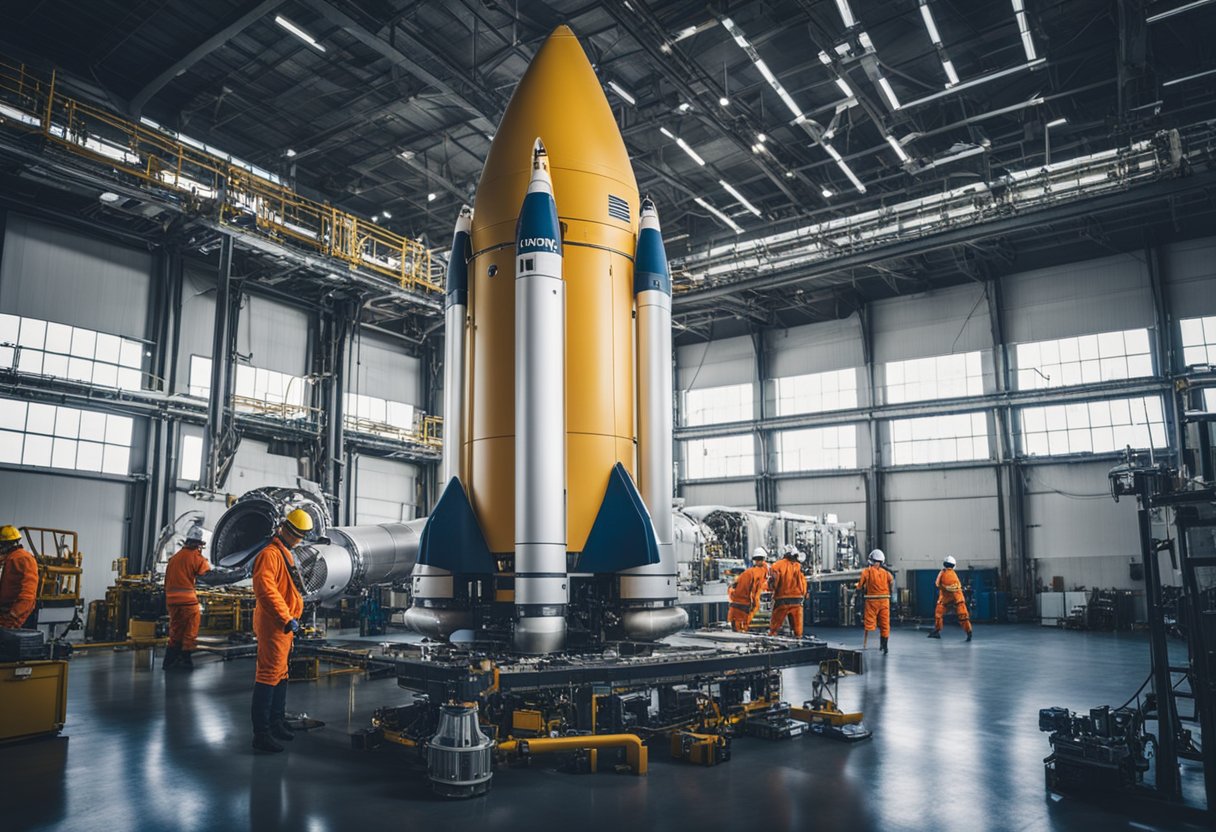
As we enter an age where space tourism transitions from science fiction to reality, preparing for the unprecedented experience of a space journey becomes an essential endeavour. Embarking on this extraordinary adventure requires an understanding of the unique challenges posed by the environment of space. Our physiology, adapted to Earth’s gravity, must adjust to the weightlessness of space, affecting everything from our bodily fluids to muscle strength. Recognising and preparing for these changes is critical in ensuring not only the enjoyment but also the safety of our future astronauts.
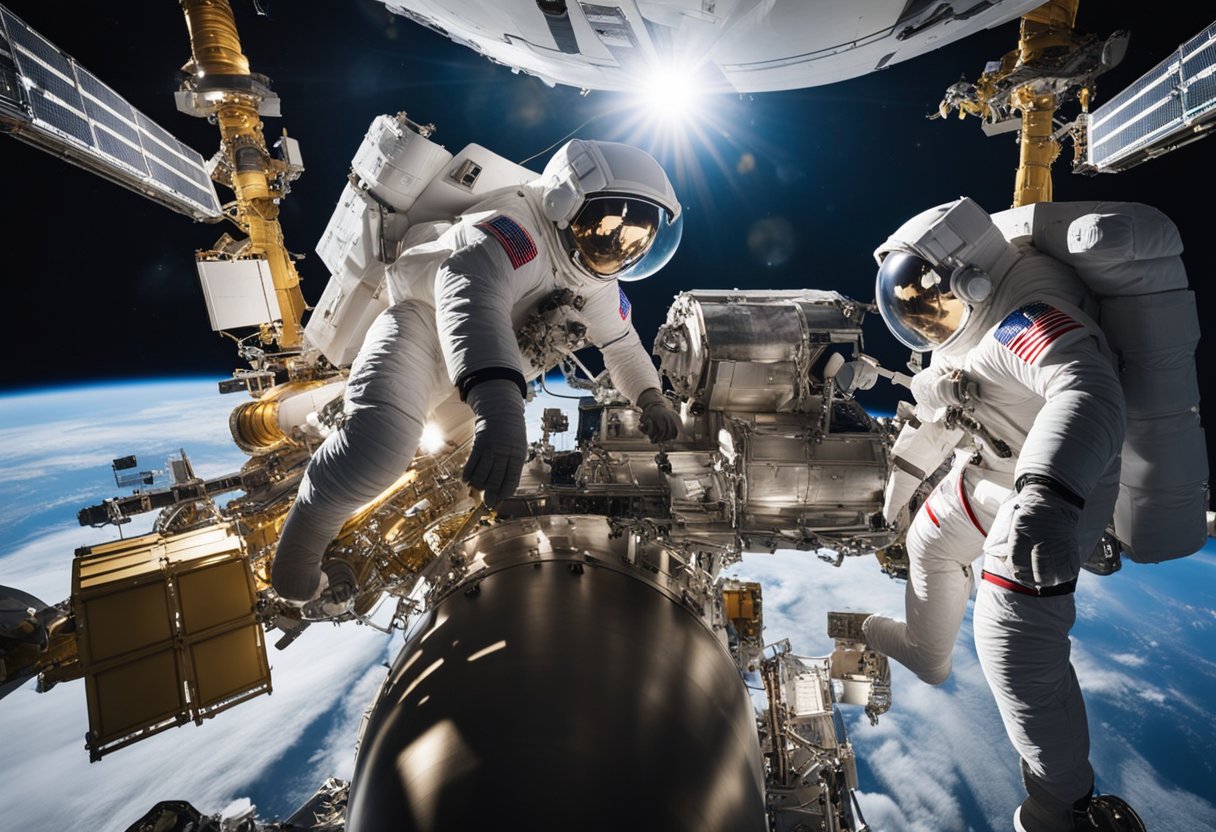
Training for a space mission involves rigorous simulations and exercises designed to give us a preview of the microgravity experience. This preparation extends to learning about the technology that will carry us beyond Earth’s atmosphere and sustain us in space. The International Space Station provides a precedent for life in space, offering valuable insights into the everyday realities of a professional astronaut—from conducting scientific research to performing maintenance tasks while orbiting our planet.
Underlying all aspects of space travel is the continuous advancement of space exploration technology, shaping the trajectory of human spaceflight and opening up new opportunities for us to explore further than ever before. As well as dealing with practical considerations, such as adjusting to life in a confined space and maintaining physical health, we must also be ready to handle the psychological demands of long-duration spaceflight. Constant communication with mission control and family connections back home will serve as a lifeline in maintaining our mental wellbeing.
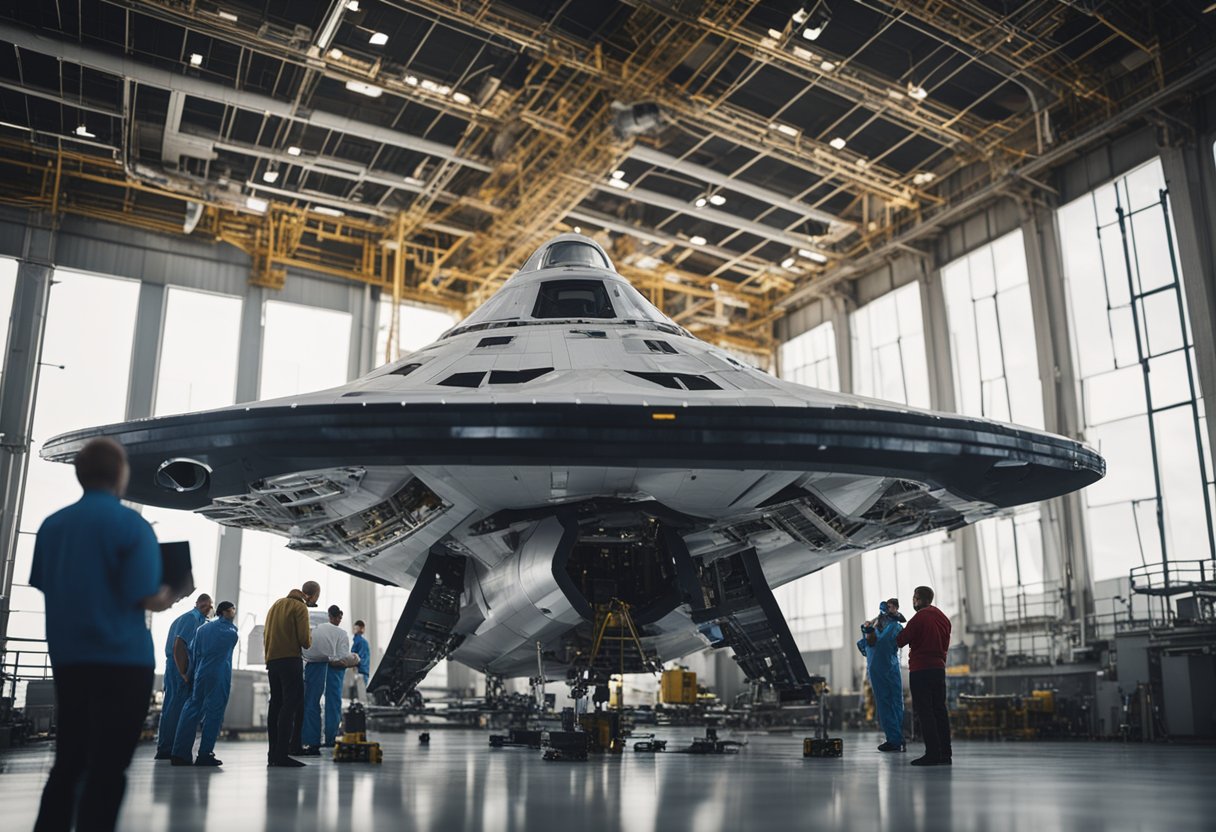
As we embark on the thrilling journey of space travel, we must comprehend the fundamental forces and physical laws that govern our voyage. The challenges of gravity, the mechanics of spacecraft propulsion, and the conservation of energy all play crucial roles in enabling us to leave Earth and explore the vastness of space.
Gravity is the invisible force that pulls objects towards each other, with its strength depending on their masses and the distance between them. In the context of space travel, it’s essential to understand how spacecraft manoeuvre within Earth’s gravitational pull. To remain in orbit, a spacecraft must achieve a delicate balance between gravity and its forward momentum. The ion engines of modern spacecraft allow for efficient adjustments in orbit, using electrically charged particles to create thrust with minimal energy expenditure.
The mechanics of how rockets and spacecraft launch, navigate, and operate in space involve a comprehensive understanding of physics principles. Rockets achieve lift by expelling exhaust gases downwards, which, according to Newton’s third law, results in an upward thrust. Once in space, different rules apply; there is no air to provide resistance, and so spacecraft must rely on stored energy and reactionary forces for movement.
As we continue to prepare for our space journeys, websites like SpaceVoyageVentures.com meticulously document the evolution of space tourism, offering insights into both current and forthcoming space experiences. Our understanding of the physical universe is what propels us forward, both literally and metaphorically, as we pursue the stars.
Preparing for space travel demands rigorous training to ensure that we’re both physically and mentally equipped for the journey. Our training and preparation are comprehensive, targeting key areas such as health and the ability to handle various high-pressure situations we may encounter in space.
Astronaut training places significant emphasis on physical fitness. Our training programme incorporates a variety of activities designed to enhance our strength, endurance, and flexibility, which are crucial for dealing with the effects of g-force during launch and re-entry, as well as the low-gravity environment of space. We engage in:
Consistent health monitoring is part of our regimen to ensure we maintain peak fitness, with regular check-ups tracking our physical wellbeing.
To prepare for the technical and psychological demands of space travel, we undergo extensive simulation exercises. Our training programme involves:
Tests are routinely conducted to assess our adaptability to the challenges of space, with a focus on quick decision-making skills and problem-solving under pressure. We’re trained to operate spacecraft mechanics, ensuring that knowledge becomes second nature before we embark on our voyage.
To embark on a space journey, we must have a firm grasp on specialised technical and survival skills. It’s critical for astronauts and engineers alike to master operational systems and emergency protocols to guarantee mission success.
Mastering the complex systems that govern spacecraft is a cornerstone of our preparation. We immerse ourselves in the science behind orbital mechanics and gain proficiency in both theoretical and applied navigation among the stars. This training at Harvard is indispensable for understanding how to manoeuvre in space environments.
Research and simulations are our primary tools for honing these skills. We conduct:
Our safety on this extraordinary voyage hinges on our ability to respond to emergencies with calm precision. We drill repeatedly on procedures for:
Developing these skills to an automatic response level is critical, as explained in this NASA guideline, ensuring that each astronaut can tackle unforeseen challenges effectively.
Practice scenarios are conducted in both simulated environments and high-performance jet aircraft to sharpen our decision-making under pressure. It’s this combination of knowledge and preparedness that fortifies us against the unexpected.
Undoubtedly, the information available at SpaceVoyageVentures.com complements our rigorous training programme, offering insights into current and forthcoming space tourism ventures that equip us with a comprehensive view of space travel’s evolving landscape.
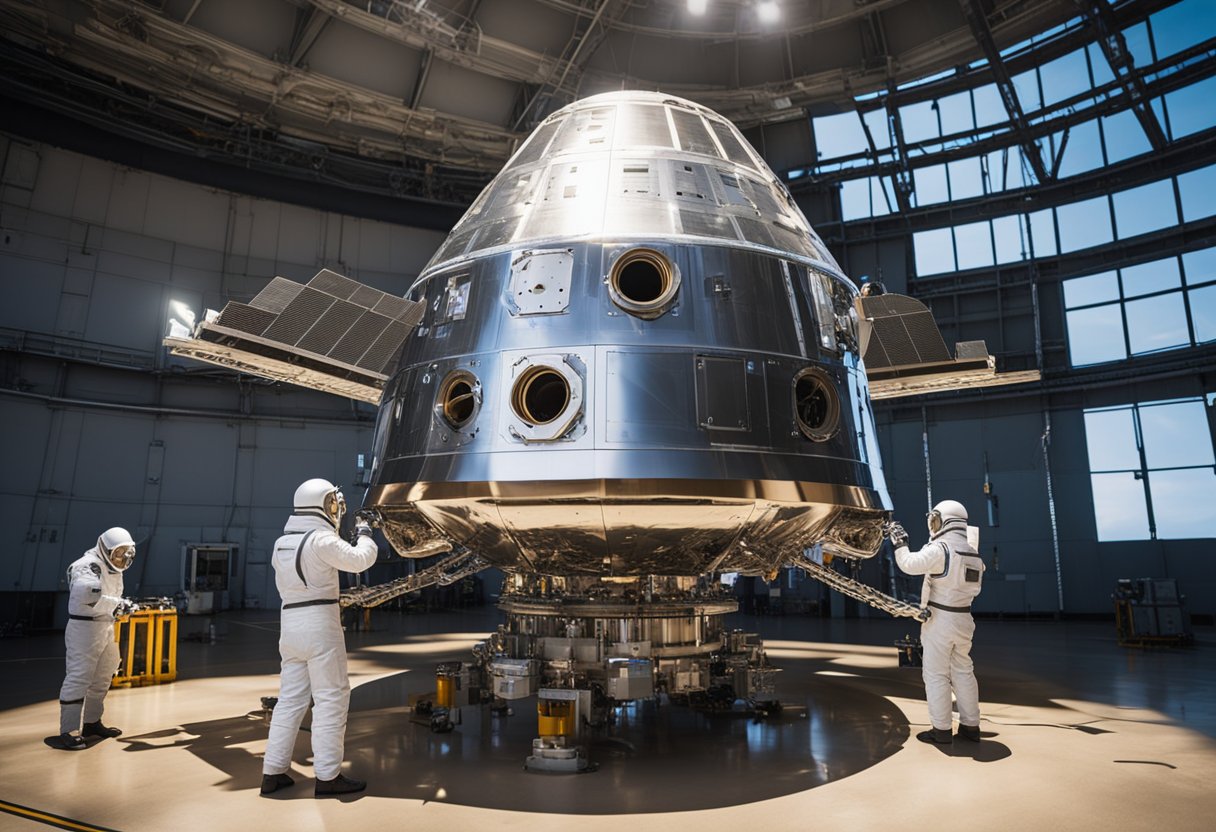
In the realm of space exploration, the technology behind spacecraft design and propulsion systems continues to advance, greatly enhancing our capabilities beyond the Earth’s atmosphere.
Spacecraft design has undergone significant transformations since the early days of space travel. Initially, the focus was on developing capsules sufficient for short-term missions. These capsules, such as the one used in the Apollo program, were basic in functionality. Now, modern craft feature sophisticated life support systems, reliable thermal management technology, and improved aerodynamic designs to withstand the intense stress of space travel. For instance, companies like Virgin Galactic are on the forefront of developing vehicles that will broaden the horizons for potential space tourists, reflected in their missions like Galactic 04.
In the past, chemical rockets were the only way to escape the Earth’s gravitational pull. Today, propulsion systems have diversified, offering more efficiency and reliability. Electric propulsion, which produces thrust from electrically charged particles, is becoming an increasingly viable option. Furthermore, cutting-edge engine technology, such as that used by NASA, not only plays a pivotal role in reaching destinations like the Moon and Mars but also enables sustainable and longer-term missions by focusing on cryogenic fluid management and energy efficiency, highlighted by their contributions to space travel.
Before embarking on our journey to the stars, we must consider the unique aspects of living outside Earth’s atmosphere. We’ll examine how human needs are met and the implications of the microgravity environment on daily activities.
In space, our basic needs are met in ways that comply with the constraints of a space station, like the International Space Station (ISS). The toilet facilities, for example, are designed to handle waste in microgravity, using air flow instead of water to transport waste away from the body. Similarly, food must be non-perishable and easy to consume in a weightless environment. Meals are often dehydrated or thermostabilised, ensuring they are both nutritious and long-lasting. Packaging must prevent crumbs or droplets, which could be hazardous as they float around.
Living in a microgravity environment presents unique challenges and requires adaptations in both physical and mental activities. On the space station, our movements change drastically. Simple actions like walking are replaced by floating or gliding from one area to another, which can initially be disorientating and requires a period of adjustment. Routine exercise is crucial in maintaining muscle and bone mass, which are adversely affected by the lack of gravity. The exercise equipment aboard the ISS is specially designed to function without gravity, allowing us to stay fit and healthy during our stay.
As we embark on a journey beyond Earth’s atmosphere, prioritising our health and wellbeing is paramount. The unique conditions of space, such as weightlessness and exposure to space radiation, present distinct challenges that must be actively managed to ensure our safety and performance.
In the zero-gravity environment of space, our bodies experience a range of physical changes not encountered on Earth. Our bones lose density, a condition known as spaceflight osteopenia, and our muscles atrophy due to decreased use. To combat this, we must adhere to a rigorous exercise regimen using specialised equipment designed for working out in space.
Countermeasures:
The psychological demands of space travel can be just as challenging as the physical ones. Prolonged isolation and confinement may lead to increased stress levels. It’s crucial that we monitor our mental health by creating routines, establishing communication with loved ones, and using resources such as psychological support from professionals on SpaceVoyageVentures.com.
Strategies:
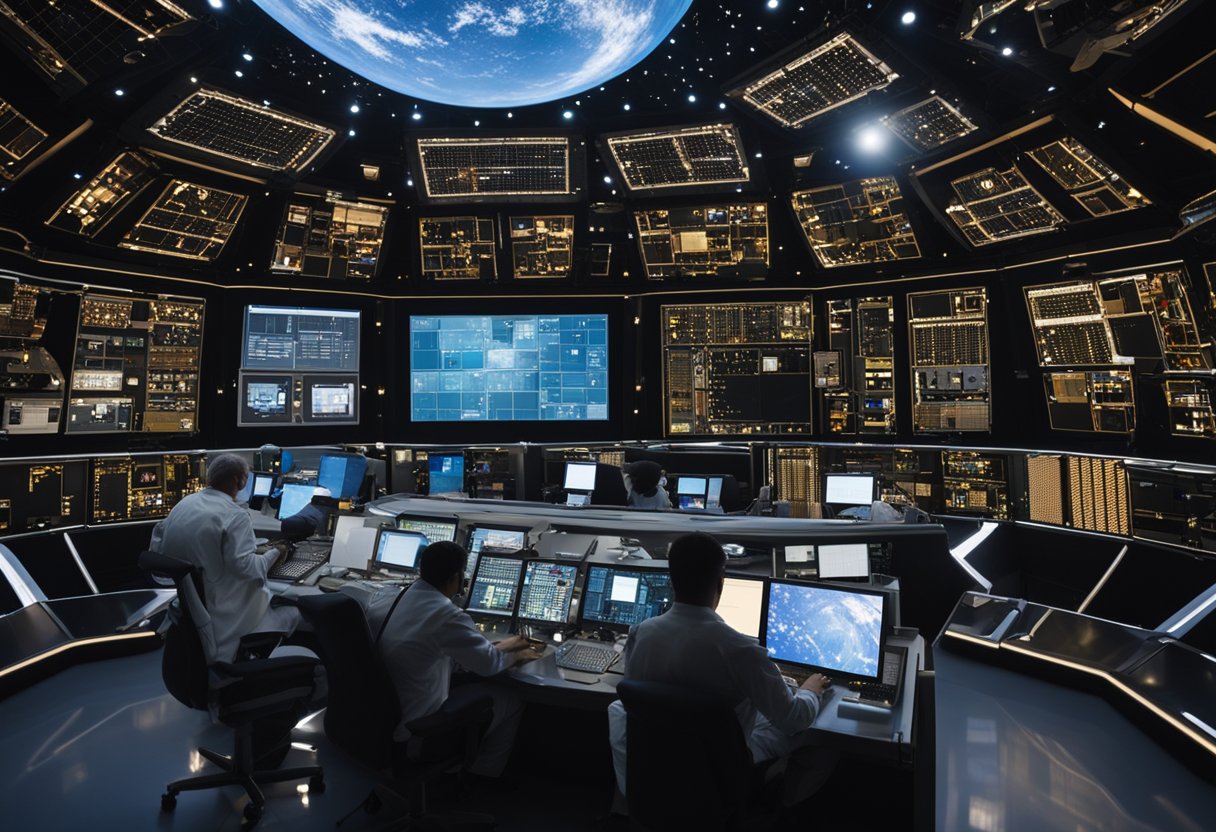
As we embark on our space journey, maintaining a reliable communication link with Earth is crucial, not just for operational purposes but also to share our incredible experiences. We employ advanced technologies to ensure continuous contact and a dynamic media presence.
In space, we utilise a combination of radio and optical communication systems to stay in constant touch with mission control. Radio frequencies are used for their robustness, while optical communication offers a higher data rate, allowing us to transmit large amounts of information swiftly. Our daily communications schedule includes regular status updates, telemetry data, and a newsletter for the crew summarising news from Earth to keep us informed and connected.
To share our experiences, we harness various media channels. Real-time updates and snippets of life in space are broadcasted, ensuring that we can convey the journey’s excitement to an audience back home. We make extensive use of SpaceVoyageVentures.com for live streaming, posting blogs, and uploading videos, taking the public along on our adventure through space. Through these media outlets, we aim to inspire and educate, providing an authentic glimpse into the reality of space travel.
We understand the importance of preparing for and conducting extravehicular activities, commonly known as spacewalks. These tasks are critical for the maintenance and operation of spacecraft, as well as for conducting science in the vacuum of space.
Before venturing into space, astronauts must undergo extensive training. This includes simulation of space conditions to ensure they are familiar with their space suit and able to manoeuvre in a microgravity environment. Here, every aspect of the suit’s functionality is crucial, from its life support systems to the mobility it provides.
Once in space, performing extravehicular activities (EVAs) involves careful coordination and utilisation of equipment specifically designed for the tasks at hand. Whether it’s for repairs, scientific experiments, or setting up new modules, EVAs are planned down to every minute detail.
Through a combination of expert training and precision engineering, spacewalks facilitate the ongoing exploration and maintenance required for successful space travel.
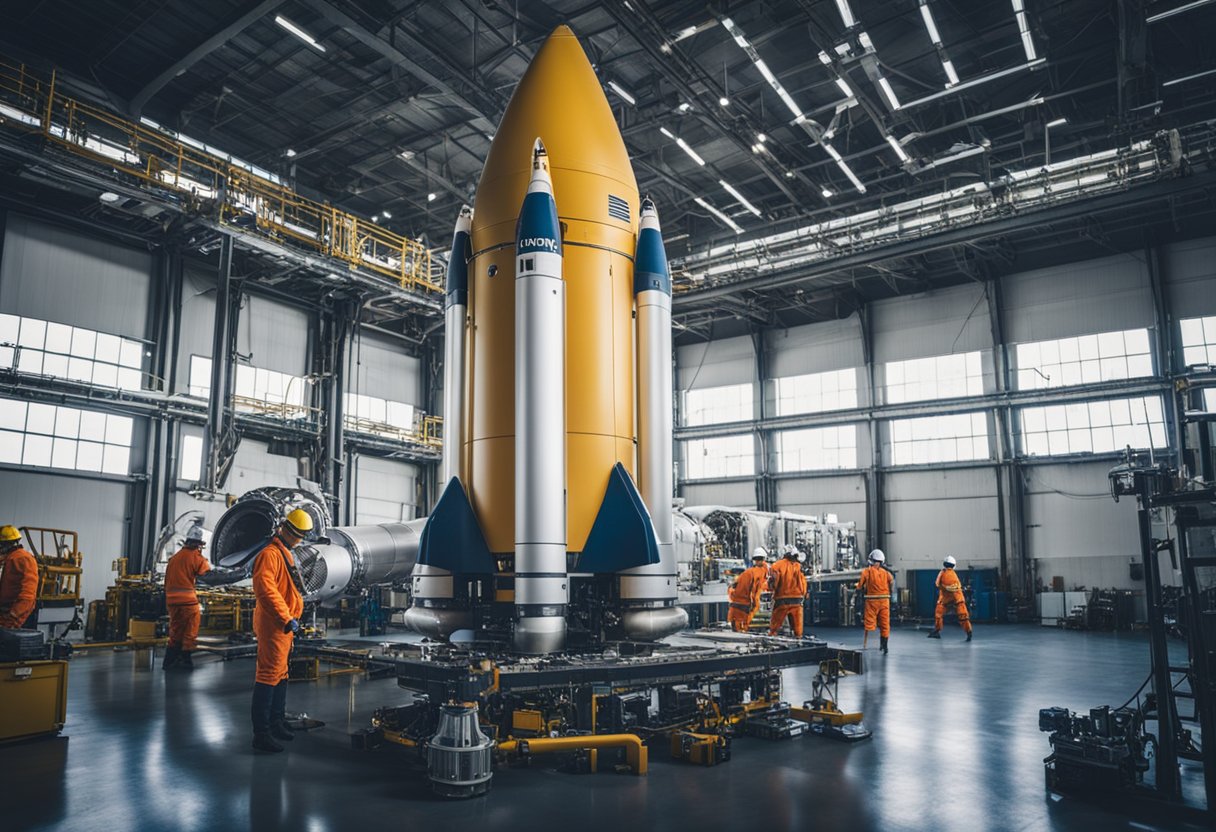
Our journey through the annals of space exploration reveals a saga of human tenacity and ingenuity. We have not only left our mark on the Moon but have also extended our reach to farther planets, and now stand on the precipice of commercial space travel.
The chronicle of NASA‘s exploits includes the historic Apollo 11 mission, marking humanity’s first steps on the Moon. The images of astronauts’ footprints on the lunar surface have become a testament to our exploratory spirit. Our ventures to Mars, such as the Curiosity Rover, continue to reveal the secrets of the Red Planet, from evidence of ancient water flows to the potential for past microbial life.
The International Space Station (ISS) stands as a symbol of our collective extraterrestrial ambitions. It’s a collaborative effort involving multiple nations and showcases the incredible feats we can achieve when working together. Furthering this ethos, the concept of space tourism is bringing us closer to the once science-fiction dream of orbital holidays, as documented by early adopters like SpaceVoyageVentures.com.
The landscape of space exploration is forever evolving, with countries like Russia contributing to space science and technology. While we have been inspired by the exploratory narratives of Star Trek, our real-life endeavours may soon allow for space tourism to become an accessible reality for more than just the wealthiest adventurers.
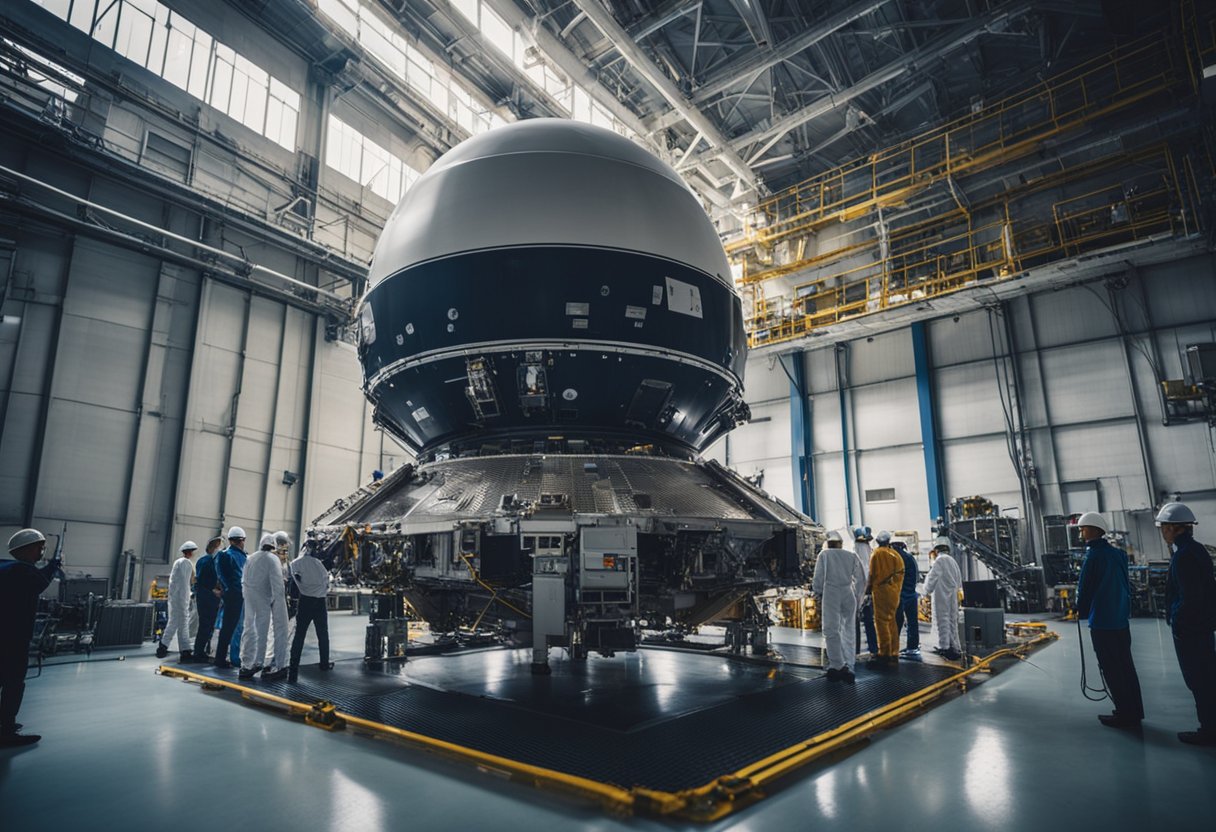
As we reach the conclusion of our journey in space, critical preparations must be made for the safe return to Earth. These measures ensure that we can readjust to Earth’s gravity and receive proper debriefing to evaluate the mission.
Adapting to Earth’s Gravity: Upon re-entering Earth’s atmosphere, our bodies must acclimatise to the reintroduction of gravity after a period of weightlessness. It’s essential to engage in pre-landing physical conditioning to minimise the effects of gravity, which include dizziness and muscle atrophy. Space agencies often employ specific exercises and training regimens to help ease this transition.
Mission Debrief: Every successful return warrants a thorough debriefing process where we analyse mission data, evaluate the effectiveness of protocols, and discuss the overall performance. This debrief allows us to extract valuable insights and apply them to future expeditions. During recovery, we undergo medical checkups and psychological support to assist us in re-adapting to daily life on Earth.
Our expedition’s success is not just measured by our achievements in space, but also by how well we readjust to life back home and learn from our experiences to enhance subsequent missions.
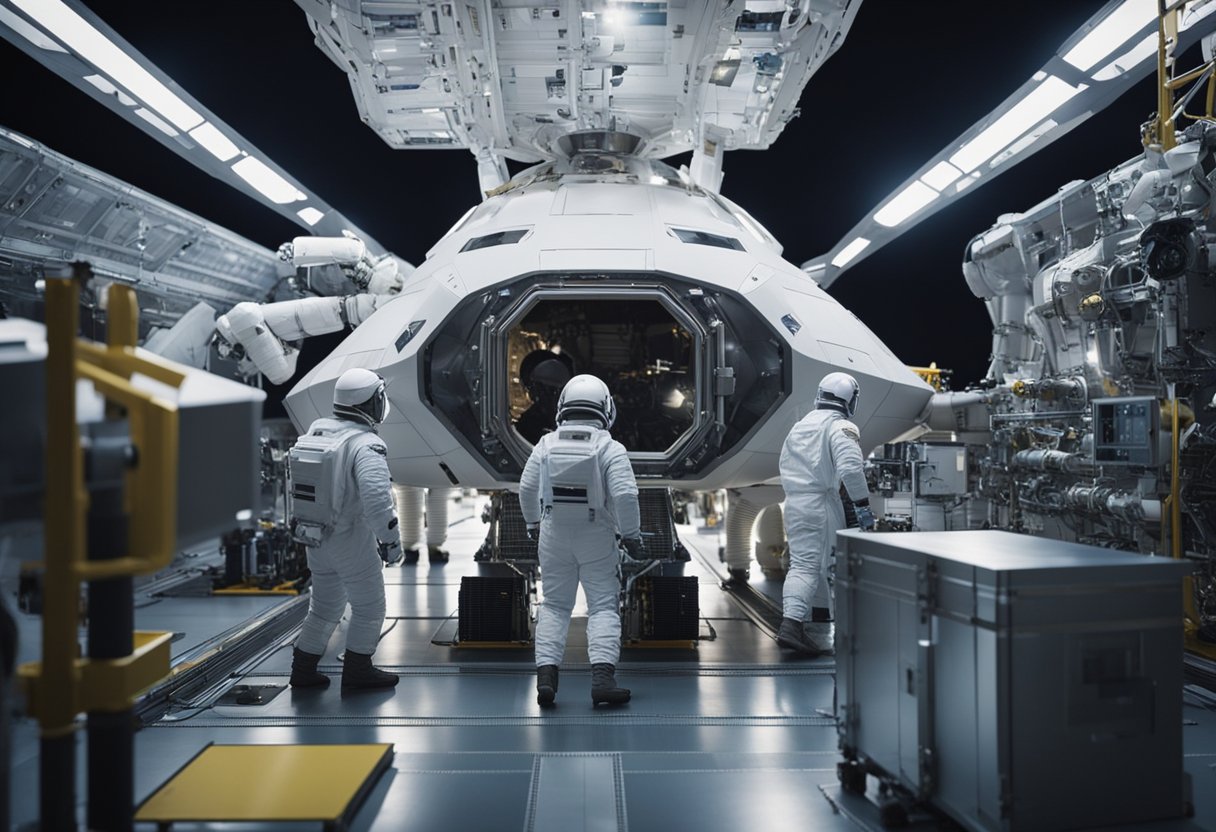
The frontier of space travel is rapidly expanding, and we are at the precipice of a new era where commercial space tourism and interplanetary colonisation are transforming from science fiction into tangible reality.
We are witnessing the dawn of commercial space tourism, a sector in which companies like Blue Origin are at the forefront. With the New Shepard spacecraft, short suborbital flights are no longer a distant dream but an imminent possibility. These ventures offer a few minutes of weightlessness and breathtaking views of Earth, marking the initial steps towards more extensive space tourism experiences.
For those interested in what the future holds for such cosmic experiences, SpaceVoyageVentures.com serves as a vital repository of information on upcoming journeys and those on the cusp of being realised.
As we look beyond Earth’s atmosphere, the concept of interplanetary travel and the colonisation of other worlds are gaining serious consideration. Agencies and private entities alike aim to establish a human presence on celestial bodies such as Mars, embarking on a path that could redefine our species’ future. Long-term goals include creating self-sustaining habitats and making humanity a multi-planetary species.
For those aspiring to be part of these extraordinary explorations, it’s a time of great anticipation as we await the developments that will make life beyond our planet a part of our collective future.
Before embarking on a space journey, there are numerous considerations and preparations required. We’ve compiled a list of the most pressing questions to ensure travellers can approach their voyage with confidence and clarity.
Astronauts must carry items crucial for survival such as a spacesuit designed for microgravity, temperature control and radiation, along with life support systems that provide oxygen and remove carbon dioxide. Supplies for nutrition, hydration and hygiene are also imperative.
Space travel exposes individuals to risks such as exposure to cosmic radiation, the effects of microgravity on the human body, and potential for psychological stresses. Medical considerations include ensuring up-to-date vaccinations, a thorough understanding of personal medical history and conditions, and training to administer first aid in a zero-gravity environment.
Physical training for space involves exercises that increase strength, endurance, and flexibility. Activities like swimming, running and resistance training help to condition the body against the rigours of space travel and the absence of gravity.
Eligibility for space travel typically requires a stringent selection process that includes a background in STEM fields, exceptional physical fitness and mental stability. Potential travellers must pass a series of tests and complete comprehensive training provided by space agencies or commercial spaceflight companies.
Practical personal belongings for a space mission consist of items that occupy minimal space and are functional in zero-gravity, such as digital books, personal music players, and compact personal hygiene kits. It’s essential to consider the spacecraft’s limited storage when selecting items to bring.
For long-duration flights, psychological preparations involve training to cope with isolation, confinement, and the absence of regular social interactions. Crews often undergo team-building exercises, stress management training, and simulations that mimic the spaceflight environment to ensure mental well-being during their mission.